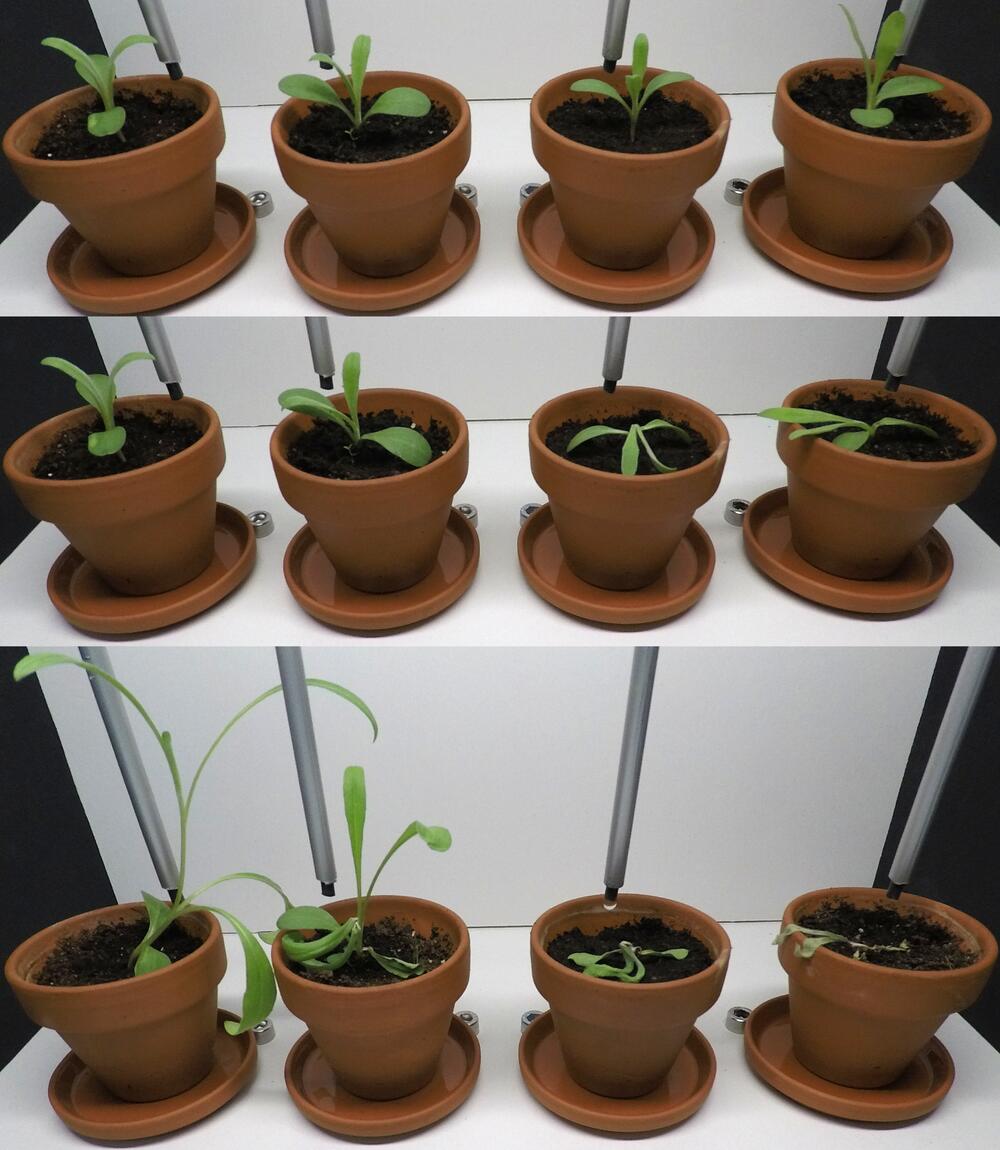DBU aktuell No. 1 | 2020 | English
Information on Grant Support Activities of the German Federal Environmental Foundation (Deutsche Bundesstiftung Umwelt)
1.) From research and medium-sized businesses: Non-chemical weed control with laser radiation
The global use of pesticides leads to environmental pollution and degradation of ecosystems and ecosystem services. Meanwhile, the number of approved active ingredients is declining rapidly. Another problem is that plants are becoming increasingly resistant to pesticides, which means that they are becoming ineffective. Consequently, the development of non-chemical plant protection methods is urgently needed.
In cooperation with LASER on demand GmbH (LOD) in Burgdorf and IPG Laser GmbH, Burbach, the Laser Zentrum Hannover is currently developing a pre-industrial prototype that combines the detection and removal of weeds in a mobile base. The laser vehicle detects weeds independently and removes them by thermal damage. Machine learning methods are used for the automatic detection of unwanted plants. Images of weeds and crops are used to train a neural network. This means that the system creates statistical models based on the training data entered, and from these models it can then assess unknown images and recognize the plants on them.
Laser-based weed control is characterized by the fact that the radiation can be directed quickly and precisely at individual, selected plants, but does not affect cultivated plants or animals. In this way, weeds can be selectively controlled, and the energy used can be optimally dosed. Compared with the use of crop protection products, the use of auxiliary substances such as water or solvents is also eliminated. Resistances do not develop.
In the first year of the project, a test rig was designed and built to demonstrate the suitability of the laser-optical systems for use in the field. In the further course of the project, field trials are now to be carried out at Gut Haidehof in Wedel. At the end of the project, a finished prototype will remain at the cooperation partner LOD in Burgdorf and serve as a demonstration device for subsequent use.
translated by DeepL


